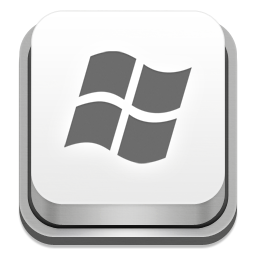
However, there are many others you can't see at all-unless you use a special tool, such as Nirsoft's NTFSLinksView. There are some you can see if you enable the Show Hidden Files, Folders And Drives option on the View tab of the Folder Options dialog box.

However, under normal circumstances, you never see them. Many symbolic links are built into the Windows 10 operating system. SEE: Securing Windows policy (Tech Pro Research) Windows 10's built-in symbolic links Figure D You can access symbolic link folders from the command prompt. You can't really use a shortcut from the command line. If you work from the command prompt, you'll discover that you can access symbolic link folders on the command line, as shown in Figure D. Figure C Symbolic links work in the Save and Open dialog boxes of your applications.

The efficiency improvement then comes from the fact that no matter where you are, all you have to remember is the name of the symbolic link. This also works from the Save and Open dialog boxes of your applications, as shown in Figure C. Figure B Once a shortcut does its job, it's gone, but a symbolic link continues working. The shortcut has done its job and is gone, while the symbolic link continues working. But if you double-click the CurrentWork symbolic link, the operating system will make it appear that the files actually exist in the CurrentWork folder, as shown in Figure B. If you double-click the CurrentWork Shortcut, it will deliver you to the 2017 folder. Then, you use the Create Shortcut wizard to create a shortcut called CurrentWork Shortcut that points to the same path. To create the C:\CurrentWork symbolic link folder that points to the path:Ĭ:\Users\Greg\Documents\1) My Work\1-Writing\1) TechRepublic\1) Articles\2017 Mklink /J C:\CurrentWork " C:\Users\Greg\Documents\1) My Work\1-Writing\1) TechRepublic\1) Articles\2017 "


To see this in action, let's suppose that you use the MKLink command: Figure A Shortcuts are files and symbolic links are part of the file system.Īnother difference is that a shortcut is fundamentally a one-shot deal, while a symbolic link has a sustained existence. The Properties dialog box for the symbolic link shows the size of all the files and folders contained in the folder to which it points. The symbolic link is simply a pointer and it doesn't actually take up any space on the disk. As you can see, the shortcut is an actual file that takes up 4KB of disk space. Take a look at the Properties dialog boxes shown in Figure A.


 0 kommentar(er)
0 kommentar(er)
